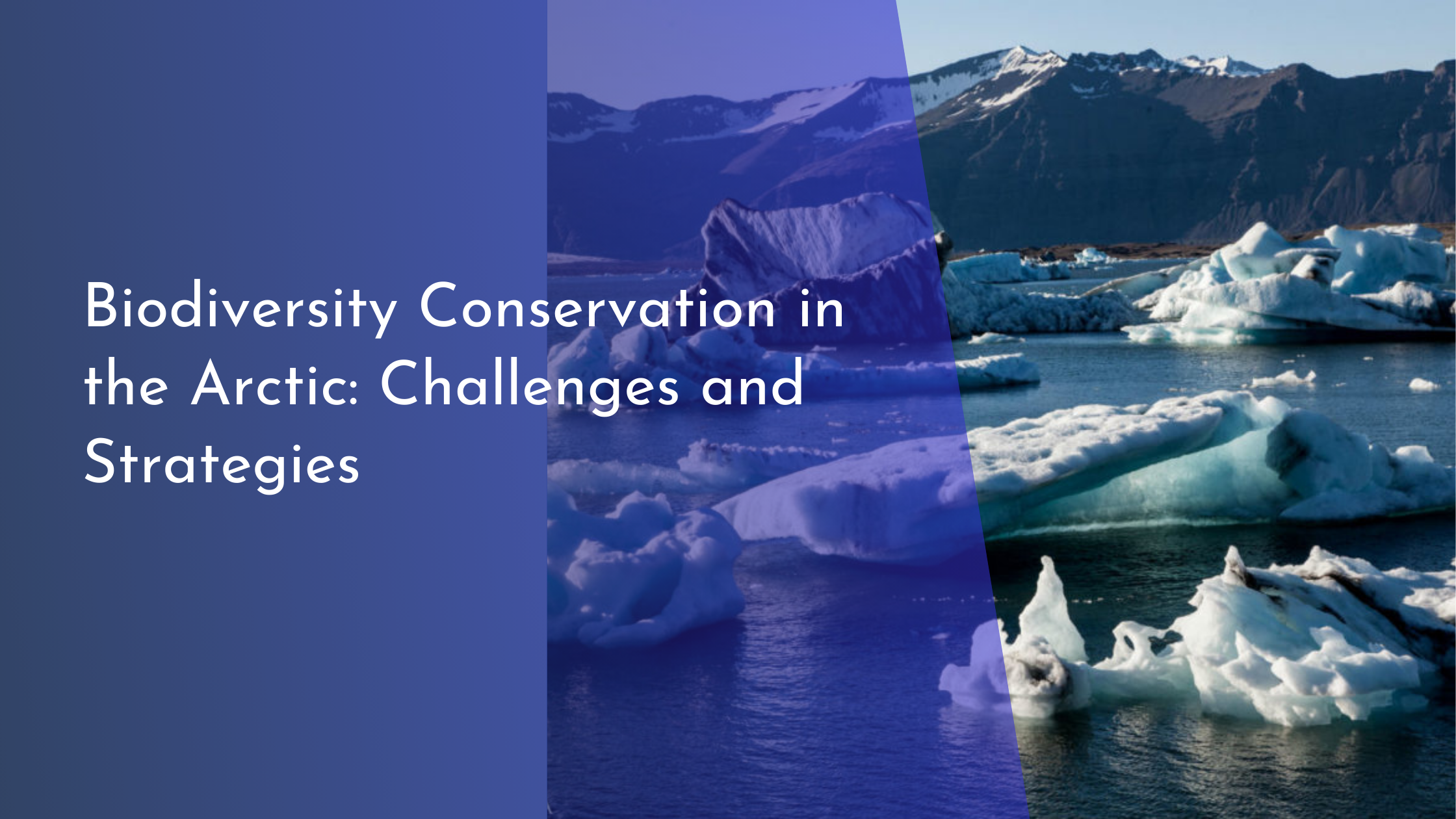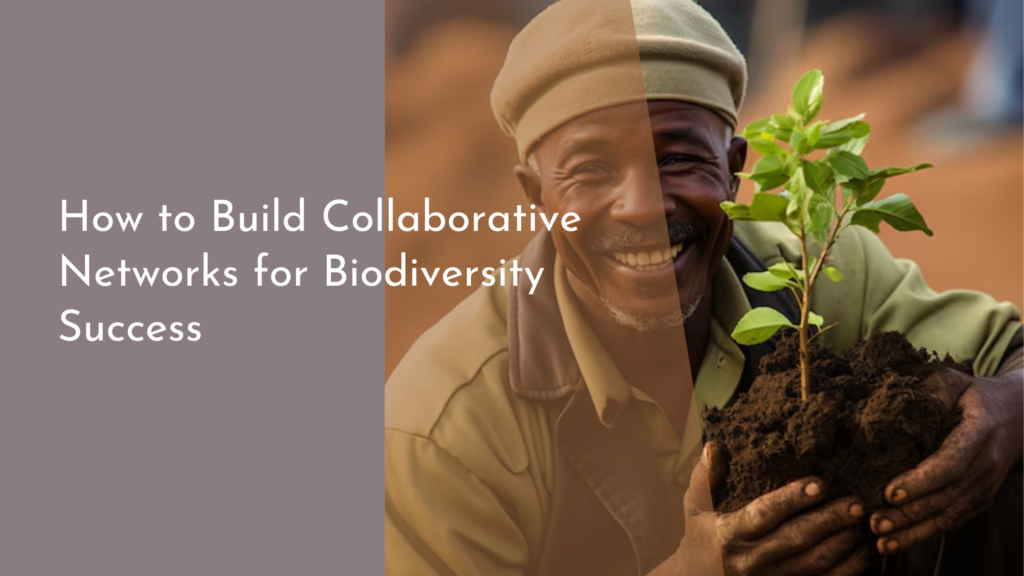Biodiversity Conservation in the Arctic: Challenges and Strategies
The Arctic, often perceived as a desolate and frozen wilderness, is in reality a vibrant and diverse ecosystem teeming with life. Home to a multitude of unique species, this region plays a crucial role in the global ecological balance. However, the Arctic’s biodiversity is under threat due to various challenges that demand urgent attention and innovative strategies for conservation. This article delves into the complexities of Arctic biodiversity, the challenges facing these ecosystems, and potential strategies that can be employed to safeguard this precious natural reserve for future generations.
Understanding Arctic Biodiversity
Arctic biodiversity encompasses a wide array of species that have uniquely adapted to the extreme conditions of the polar region. From the majestic polar bear to the hardy Arctic fox, and from the tiny krill to the massive bowhead whale, these species each play vital roles in the ecosystem. The region’s biodiversity is not just limited to the fauna; the flora, including mosses, lichens, and other cold-resistant vegetation, contributes to the Arctic’s unique ecological tapestry. This biodiversity is crucial, as it supports indigenous communities and contributes to the global climate system, particularly through carbon sequestration and temperature regulation.
The interconnectedness of Arctic species is a marvel of ecological synergy. For instance, krill and other small organisms form the base of the food chain, supporting a variety of marine and terrestrial animals. The health of this biodiversity is indicative of the overall health of the planet, as the Arctic acts as a barometer for global environmental changes. Understanding this biodiversity is the first step in effectively conserving it, as it involves recognizing the intricate relationships and dependencies within Arctic ecosystems.
Challenges Facing Arctic Ecosystems
Climate change poses the most significant threat to Arctic biodiversity. Rising global temperatures lead to the melting of sea ice, disrupting habitats and food sources for many species. For instance, polar bears rely on sea ice to hunt seals, and as the ice diminishes, so does their ability to find food. Furthermore, the warming temperatures lead to shifts in species ranges, introducing potential invasive species that could further threaten native populations.
Human activities also contribute to the challenges facing Arctic ecosystems. Resource extraction, including oil drilling and mining, poses significant risks to the environment, leading to habitat destruction and pollution. Additionally, increased shipping traffic due to melting ice opens the region to further disturbances and potential ecological disasters, such as oil spills. These human-induced pressures compound the effects of climate change and necessitate comprehensive strategies to mitigate their impact on Arctic biodiversity.
Innovative Strategies for Conservation
One innovative strategy for Arctic conservation is the establishment of protected areas that limit human activity and preserve critical habitats. These protected areas, often referred to as Marine Protected Areas (MPAs), can help ensure that key species and ecosystems remain resilient against external pressures. By creating a network of MPAs, conservationists can safeguard migration routes and breeding grounds, providing a buffer against the rapid changes brought about by climate change.
Another promising strategy involves leveraging technology and community engagement. Remote sensing and satellite monitoring allow for real-time tracking of environmental changes and wildlife movements, providing invaluable data for conservation efforts. Moreover, involving indigenous communities in conservation initiatives ensures that traditional ecological knowledge is integrated with scientific approaches. These communities, having lived in the Arctic for generations, possess unique insights into sustainable living and resource management, making them invaluable partners in conservation efforts.
Success Stories and Future Opportunities
One notable success story in Arctic conservation is the increase in bowhead whale populations. Once hunted to near extinction, these majestic creatures have rebounded thanks to international conservation efforts and strict hunting regulations. Their recovery is a testament to the effectiveness of coordinated global action and underscores the potential for positive outcomes when nations work together towards common environmental goals.
Looking to the future, there are numerous opportunities to bolster Arctic biodiversity conservation. Expanding international collaborations and fostering partnerships between governments, NGOs, and indigenous peoples can drive innovative solutions to the challenges facing the region. Furthermore, investing in research and education can raise awareness and understanding of the importance of Arctic ecosystems, encouraging sustainable practices and policies. Embracing such opportunities will be key to ensuring the long-term health and resilience of the Arctic’s unique biodiversity.
Despite the challenges facing the Arctic, there is hope for the future if concerted efforts are made to conserve its unique biodiversity. Through a combination of innovative strategies, international cooperation, and community engagement, we can work towards a sustainable future for this crucial region. By valuing and protecting the Arctic’s diverse ecosystems, we not only preserve its natural beauty but also secure its essential role in the global environmental landscape. Let us move forward with optimism and determination, knowing that our actions today can shape a thriving Arctic for generations to come.


